Location
- Home
- Location
An oasis of peace lost in nature
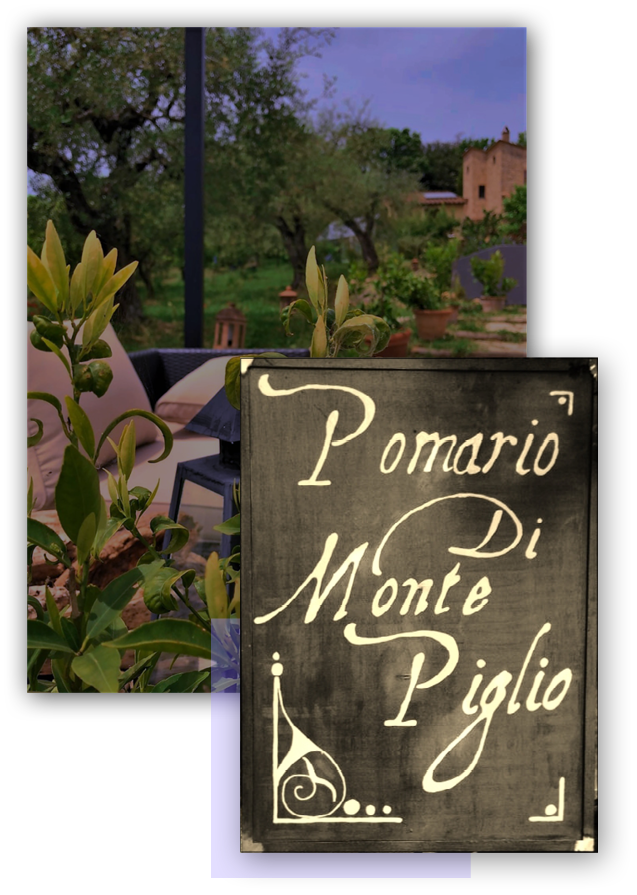
Our farmhouse is located 4 and a half kilometers from Amelia, an enchanting village in south-western Umbria, on the hills of the rural district of Capodisopra, at an altitude of about 490 meters, surrounded by woods and olive groves on the slopes of Mount Piglio. Part of the building dates back to the second half of the 1700s; the main part of the building, although recently built, faithfully reflects the construction methods and materials of the ancient local farmhouses.
The property has 3 welcoming and comfortable double rooms, each furnished in a characteristic way with quality materials.
Outside our guests can enjoy the swimming pool and the orchard, which includes ancient olive trees and fruit trees of local varieties, identified and reproduced after careful studies.
From the large driveway area you can access the breakfast room and the massage room, while the wellness area and solarium are located on the first floor.
There are numerous forest paths that pass in front of the farmhouse, where our guests can go trekking, mountain biking or simple walks. Otherwise there are also two nearby riding stables for those more interested in horse riding.
DISCOVER POMARIO
A unique atmosphere in a splendid natural setting. Pomario di Montepiglio is the ideal location for a relaxing holiday or a wellness weekend.


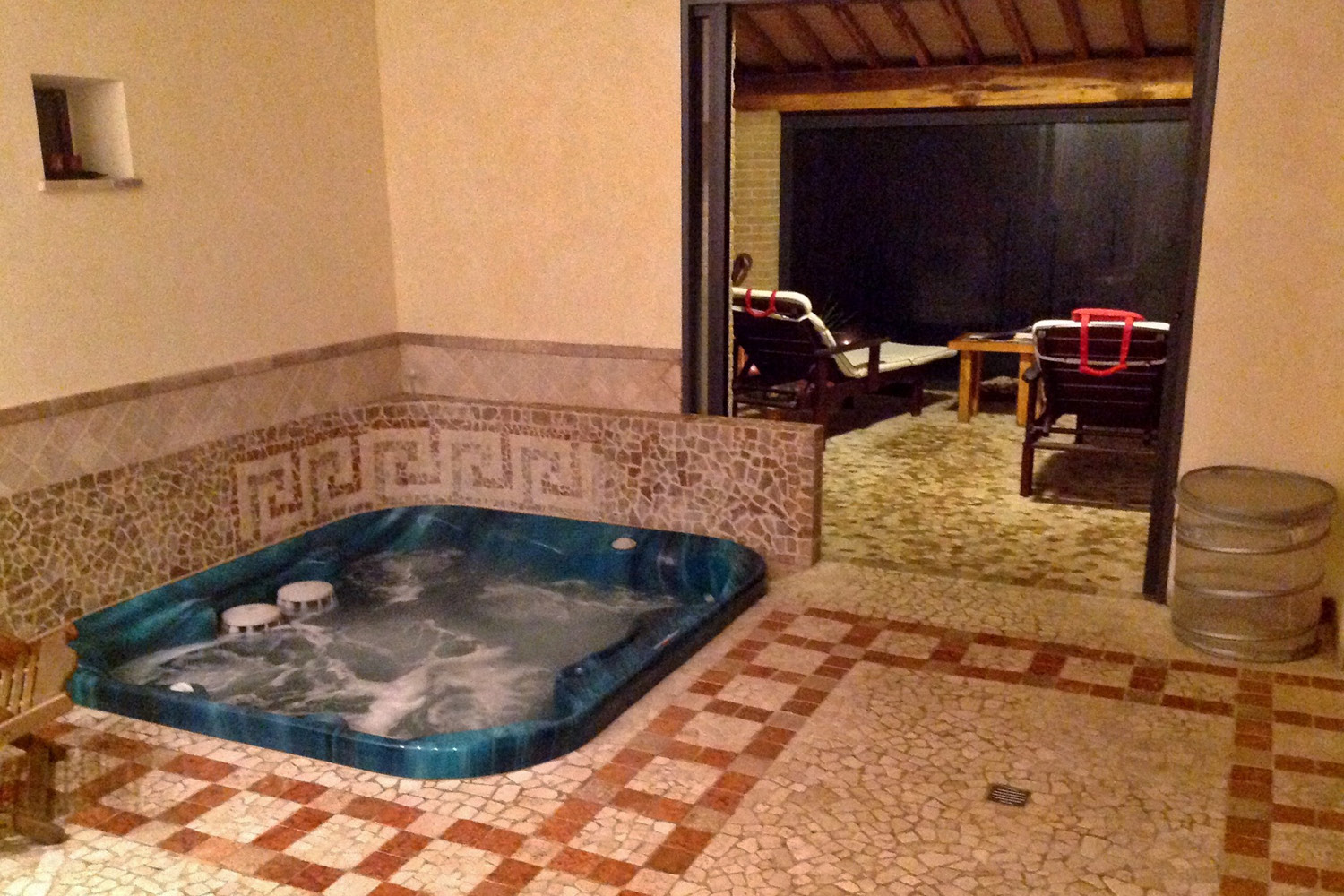
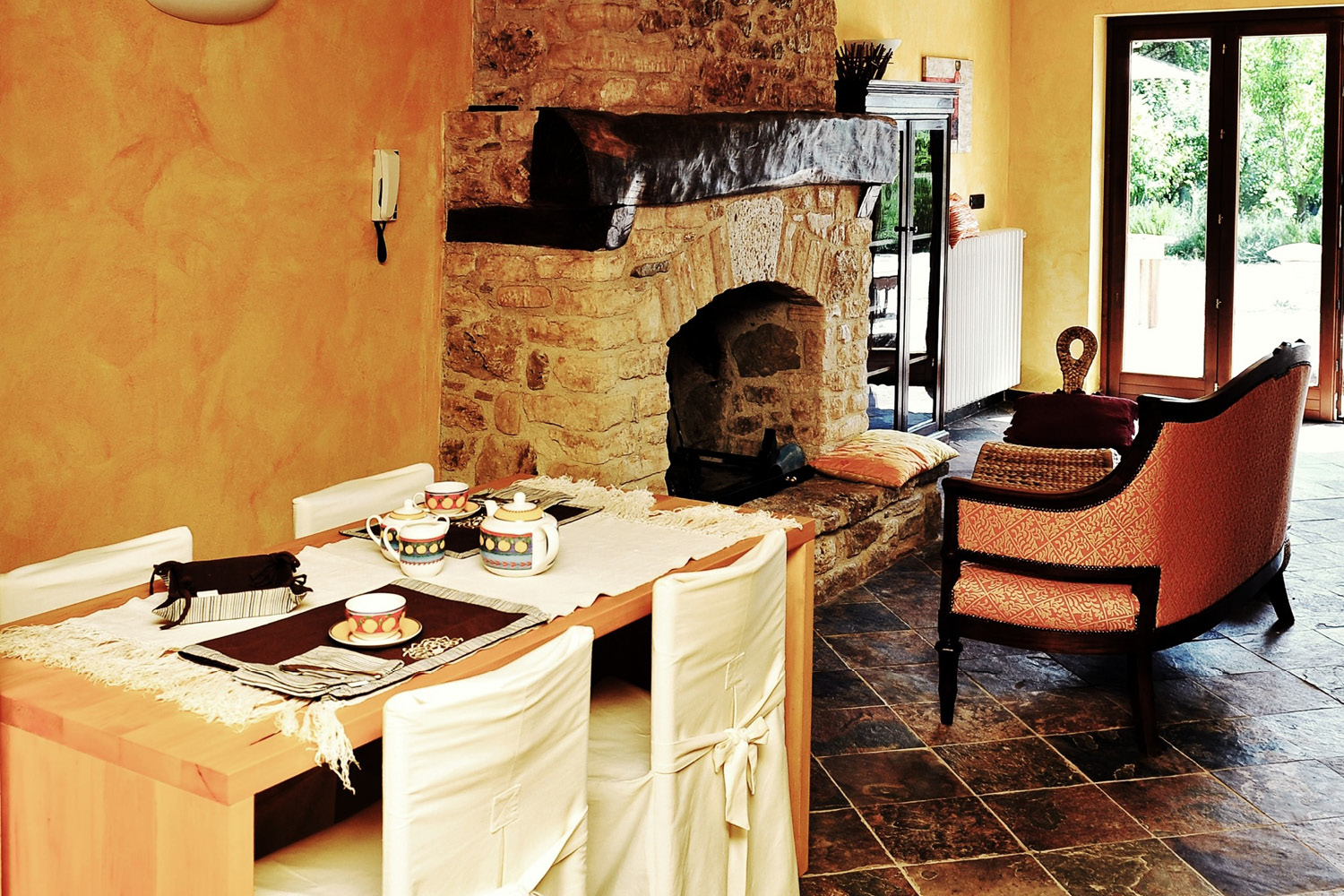
Amenities
Bed & Breakfast
- Breakfast
- Swimming pool
- Garden with orchard
- Relaxation areas
- Free WiFi
- Internal parking
Spa & Wellness
- Naturist wellness center
- Spa
- Turkish bath
- Hydromassage
- Solarium
- Body massages
Attività nei dintorni
- Walks
- Excursions
- Trekking
- Horseback riding
WHERE WE ARE
Amelia
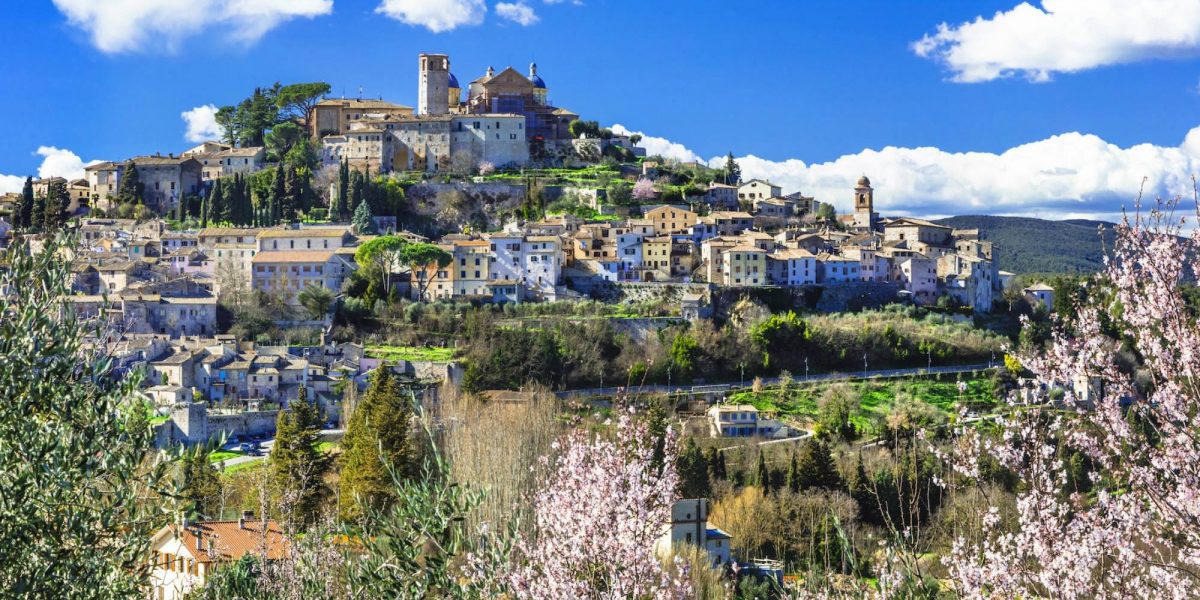
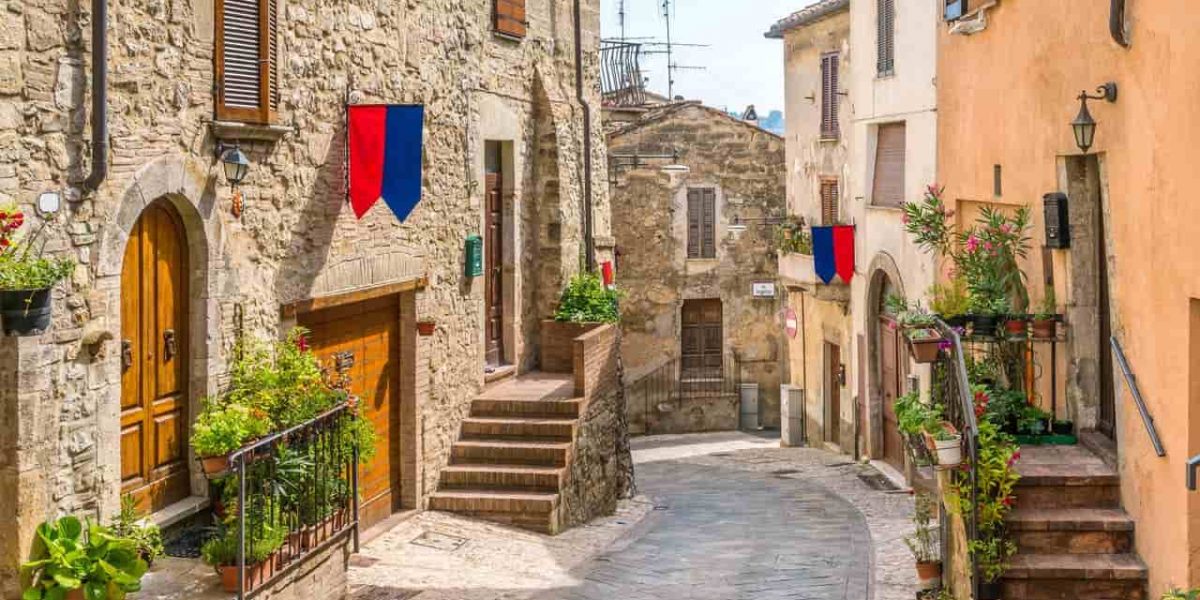
Its original name is Ameria and it is one of the oldest towns in Umbria and Italy; a surviving settlement of a tradition rooted in the distant past of Europe.
According to mythology, it was founded by King Ameroe. Moving on to more concrete historical notes, Pliny the Elder, reporting what Cato wrote in the Origines, attests to the foundation of Amelia in 1134 BC.
It is of fundamental importance for the evolution of protohistoric cultures between Umbria and Tuscia, with the first evidence of the city dating back to the Bronze Age. The archaeological notions that have come down to us are rather fragmentary but allow us to identify a common thread. The continuity of life of the primitive settlement can be glimpsed, from the Iron Age to the apex of archaism. Later disputed between Umbri and Falisci, it became a Roman municipality.
The most important monument are the famous Walls; a section called Megalithic Walls dating back to the 6th century BC. and another called Polygonal Walls datable to the IV-III century. B.C. to which others from Roman and medieval times have been added for a total circumference of over 2 km. Among the various attractions of this town, you cannot miss a visit to the original dodecagonal bell tower, dating back to the year 1000 and from which you can enjoy a fantastic view. In the historic center there are numerous noble palaces, unfortunately not open to visitors inside, including Palazzo Farrattini: dating back to the mid-16th century, based on a project by Antonio da Sangallo the Younger, who also restored the Roman dam “Para” during his stay. to Amelia. A visit to Piazza Marconi is a must, with the characteristic Loggia dei Auctioneers with the bell gable and the clock. The Cathedral, built between the 11th and 12th centuries, was destroyed and rebuilt in 1600. Also worth seeing are the ancient Roman cisterns and, above all, the sublime statue of Germanicus preserved in the local Archaeological Museum E. Rosa.
The archaeological and architectural part is of phenomenal importance but perhaps the most characteristic element of the area is the rural landscape, so much so that it is included in the 20 most significant in Italy.
TOURISM
The other places to visit in the surrounding area
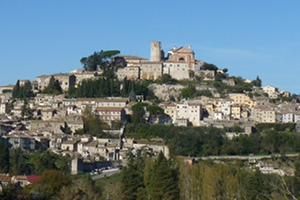
Amelia
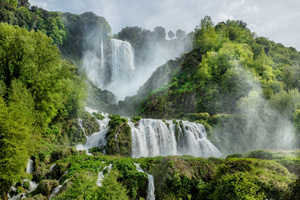
Cascata delle Marmore - Terni
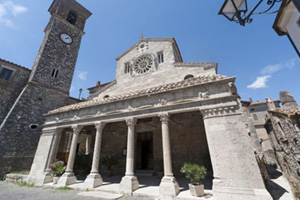
Lugnano In Teverina
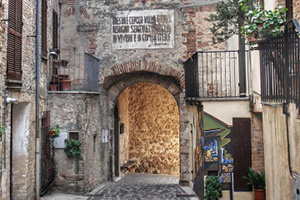
Avigliano Umbro
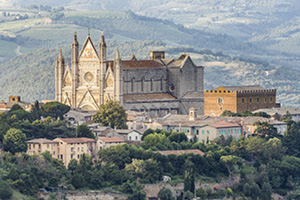
Orvieto
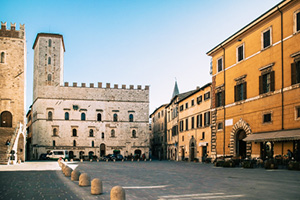
Todi
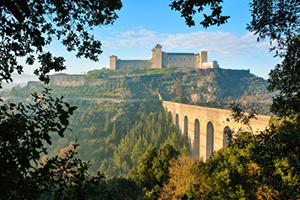
Spoleto
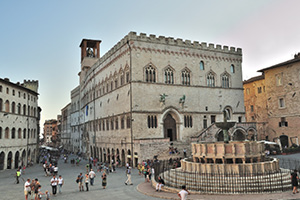
Perugia
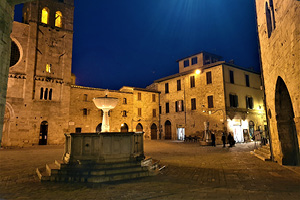
Bevagna



